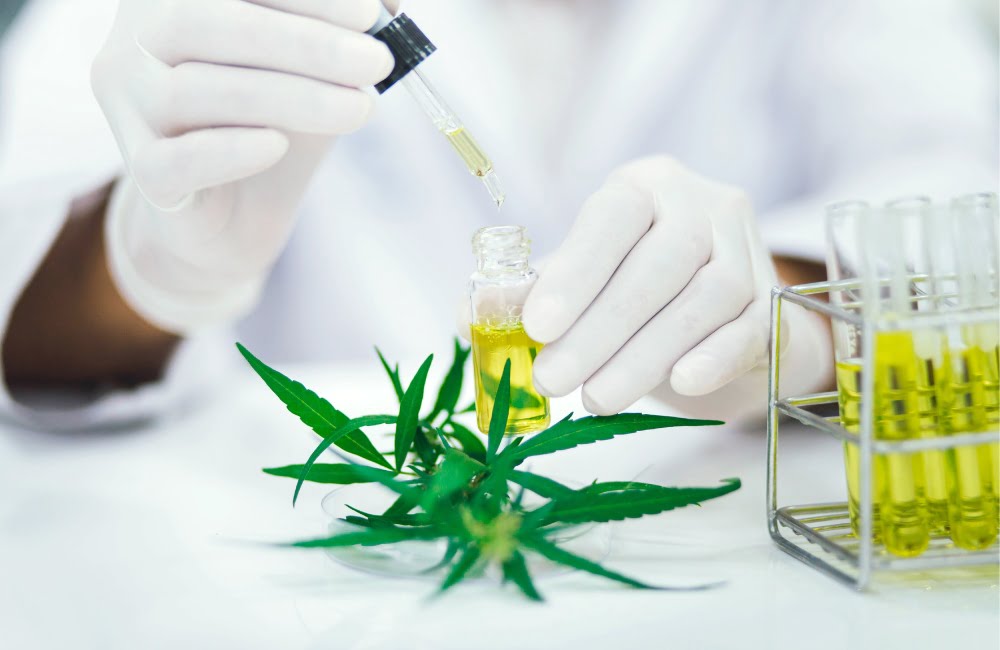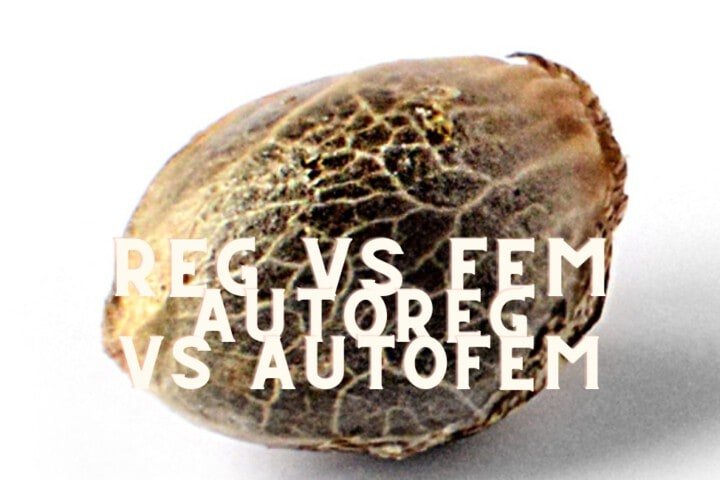Cannabinoids: What are and What’s the Medical Effect
Welcome everyone to this new chapter of our blog about the main cannabinoids present in the Cannabis plant! After seeing What is the THC, get ready for this new article on Cannabinoids, Terpenes and Flavonoids of Marijuana!
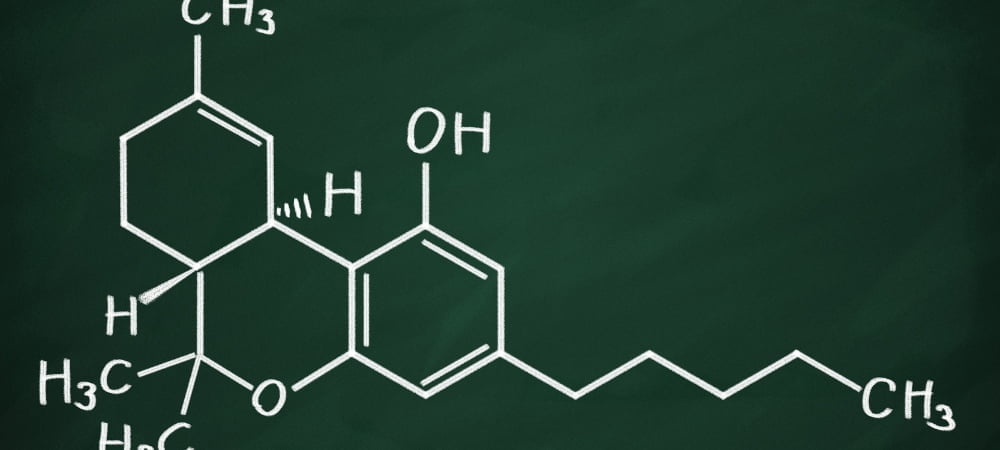
What are Cannabinoids, and where are they found?
Cannabinoids are naturally occurring chemical compounds found in the marijuana plant (or cannabis, Indian hemp), which contribute to the psychoactive and therapeutic effects associated with cannabis use.
What are the most common cannabinoids?
In this comprehensive guide, we will explore in detail the main cannabinoids found in marijuana.
Tetrahydrocannabinol (THC):
THC is the main psychoactive cannabinoid found in marijuana. It is responsible for the euphoric effects and altered perception that occur after using cannabis.
THC binds to cannabinoid receptors in the brain and central nervous system, inducing a variety of effects, such as feelings of relaxation, euphoria, stimulated appetite, and reduced pain sensitivity. However, it can also cause unwanted side effects such as anxiety and paranoia, especially in high doses.
Cannabidiol (CBD):
CBD is another important cannabinoid found in marijuana. Unlike THC, CBD does not produce significant psychoactive effects. It is known for its therapeutic properties, including inflammation reduction, pain relief, anxiolytic, and anticonvulsant potential. CBD can also moderate the psychoactive effects of THC, reducing anxiety and euphoria. It has become a very popular component in medical cannabis and dietary supplements.
Cannabinol (CBN):
CBN is a cannabinoid that is formed from the degradation of THC. It is present in very small quantities in the fresh marijuana plant, but can increase when the plant is subjected to storage or aging processes. CBN has sedative properties and may contribute to the relaxation and sleepiness associated with marijuana use. CBN is also believed to have anti-inflammatory and antibacterial properties.
Cannabigerol (CBG):
CBG is a non-psychoactive cannabinoid found in relatively small amounts in marijuana. However, it is considered the precursor to other cannabinoids such as THC and CBD. CBG has demonstrated potential therapeutic effects, including anti-inflammatory, neuroprotective, and anticancer properties. Research is still ongoing to fully understand the therapeutic potential of CBG.
Tetrahydrocannabivarin (THCV):
THCV is a cannabinoid found in trace amounts in marijuana. It has slightly different psychoactive effects from THC, with a shorter duration and appetite suppressant potential. THCV is thought to have anti-inflammatory, anticonvulsant, and potentially useful properties in the treatment of obesity and diabetes. However, research into this cannabinoid is still in its early stages.
Acidic cannabinoids:
Before cannabinoids undergo heating or decarboxylation processes, they are in the form of acids. For example, tetrahydrocannabinolic acid (THCA) and cannabidiolic acid (CBDA). These compounds do not produce significant psychoactive effects, but may have unique therapeutic properties. However, they are more common in raw marijuana or unheated products such as cannabis juice extracts.
Over 100 different Cannabinoids…
These are just some of the more common cannabinoids found in marijuana. However, the cannabis plant contains over 100 cannabinoids identified to date, each with its own chemical profile and potential therapeutic effects. It is important to underline that the effects and properties of cannabinoids can vary according to their concentration, the combination with other compounds present in the marijuana plant and the method of administration.
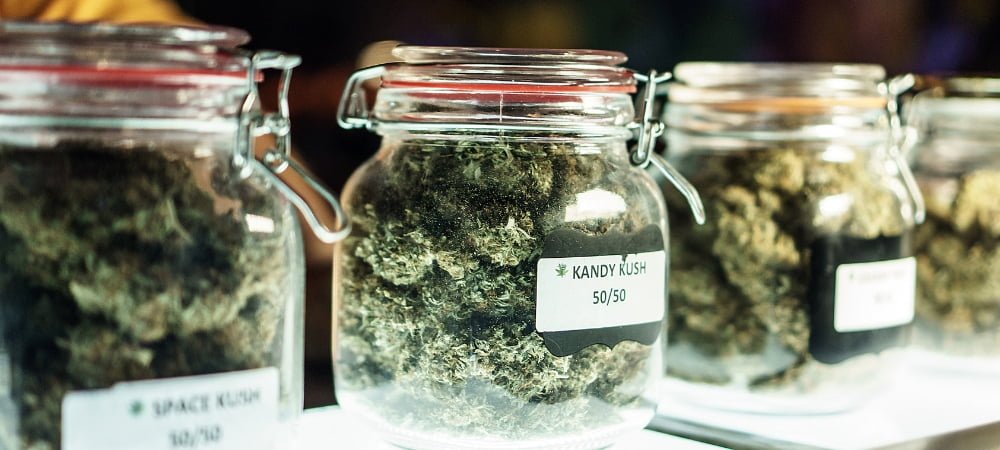
Beyond Cannabinoids
Terpenes and flavonoids are extremely volatile natural chemical compounds found in the marijuana plant and contribute to its aromatic and flavor characteristics. In addition to cannabinoids, such as THC and CBD, these compounds offer a rich diversity of chemical profiles and potential benefits. In this guide, we will explore the most common terpenes and flavonoids found in marijuana.
What are Terpenes, and why are they so important?
Terpenes are responsible for the distinctive smells of marijuana… but that’s not all! In addition to contributing to the aroma, terpenes are also thought to have extremely unique therapeutic properties.
Top 5 Most Common Terpenes in Cannabis
Myrcene:
Myrcene is one of the most abundant terpenes in marijuana. It has a herbaceous, earthy and spicy aroma. It is believed to have analgesic, anti-inflammatory and sedative properties.
Limonene:
As the name suggests, limonene has a citrus aroma. It is known for its energizing, antidepressant and anti-inflammatory properties.
Pinene:
Pinene has a pine or forest aroma. It is thought to have antibacterial, anti-inflammatory properties and can potentially improve memory.
Linalool:
Linalool has a delicate floral aroma. It is known for its calming, relaxing properties and can promote sleep.
Terpinolene:
Terpinolene has a fresh and spicy aroma. It is believed to have sedative and antioxidant properties.

What are Flavonoids, where are they found and what benefits do they have?
Flavonoids are natural pigments found in the marijuana plant and many other plants. In addition to adding color to plants, flavonoids are thought to have antioxidant, anti-inflammatory, and neuroprotective properties.
What are the most common flavonoids?
Quercetin:
Quercetin is a flavonoid found in marijuana and many other plant foods. It has antioxidant and anti-inflammatory properties, and is believed to contribute to cardiovascular health and reduce the risk of certain diseases.
Campherol:
Campferol is another flavonoid found in marijuana. It has antioxidant properties and can help reduce inflammation and protect cells from oxidative damage.
Apigenin:
Apigenin is a flavonoid known for its anxiolytic, anti-inflammatory and antioxidant properties. It is also found in some herbs and teas traditionally used for their calming effect.
Kaempferol:
Kaempferol is a flavonoid found in marijuana and other plants. It has demonstrated potential antioxidant and anti-inflammatory effects.
It is important to note that the chemical profiles of terpenes and flavonoids can vary depending on the marijuana strain and its growing conditions. Additionally, research into the specific effects of these compounds is still ongoing, and many of their potential therapeutic benefits still require further study to be scientifically proven.
Cannabinoids, terpenes and flavonoids: in conclusion..
Bottom line, the terpenes and flavonoids found in marijuana offer a variety of flavors and may contribute to the plant’s potential therapeutic benefits. The complex interaction between cannabinoids, terpenes and flavonoids creates a unique experience and can influence the effects and properties of a particular strain of marijuana.
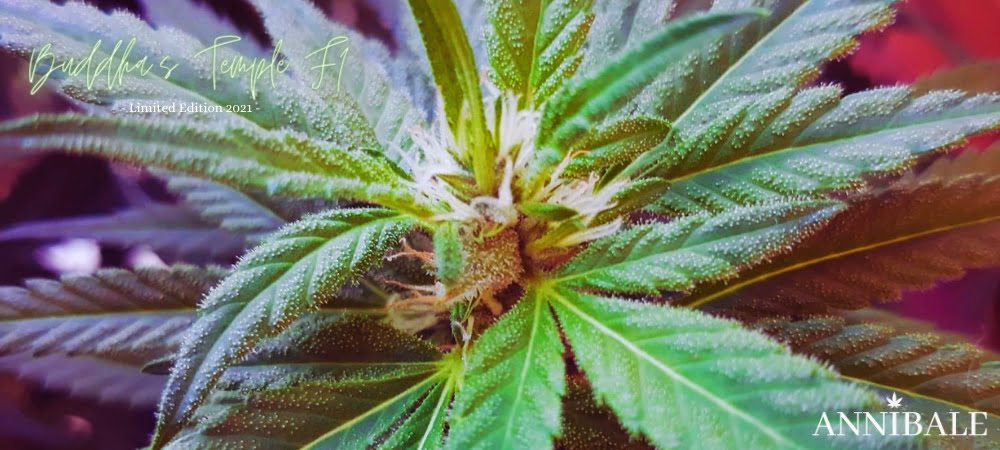
And for this article on “Cannabinoids: what they are, what effects they have and where to find them” that’s all, we hope to have been of help to you, see you in the next article!
Greetings from the Annibale Seedshop Team!
Davide V, CEO, Founder & Geneticist


